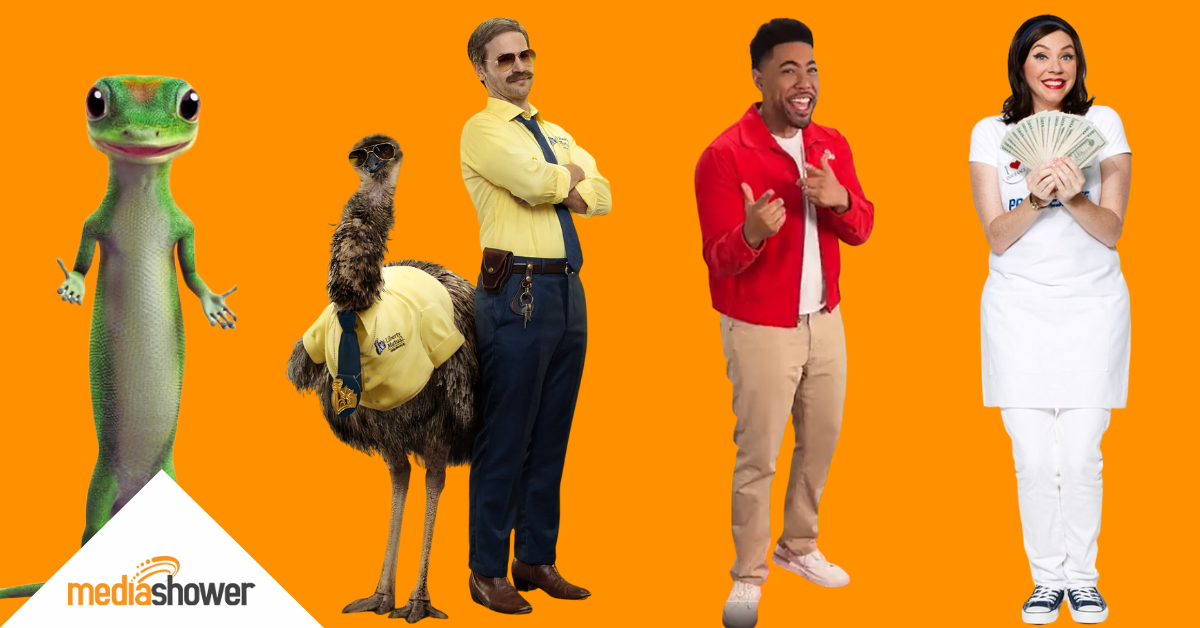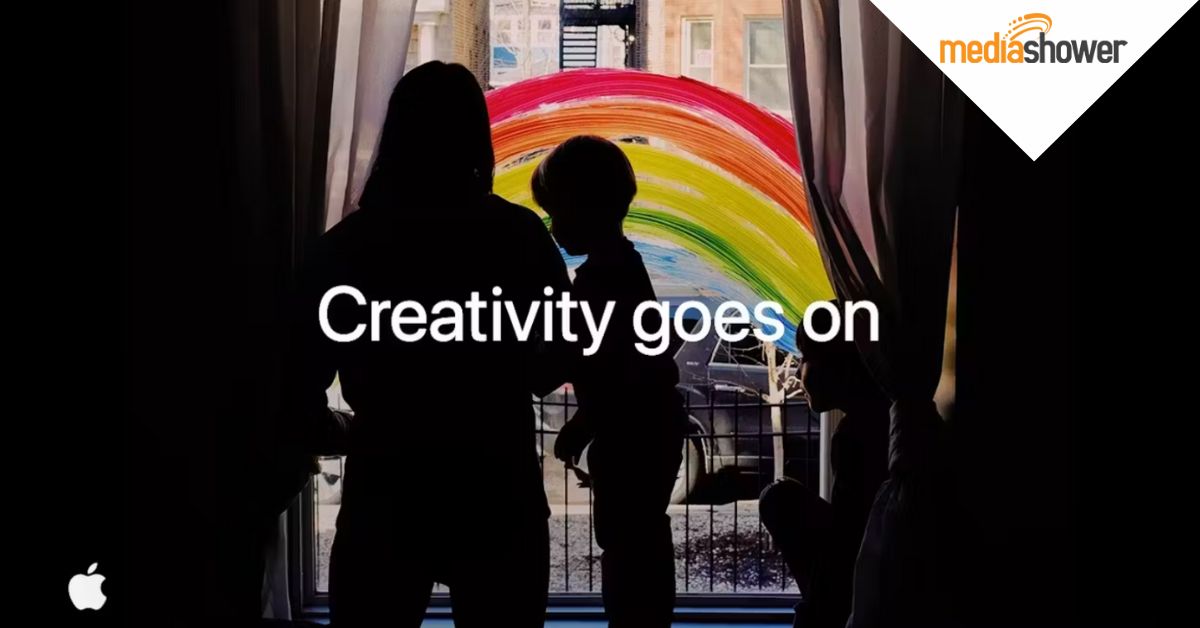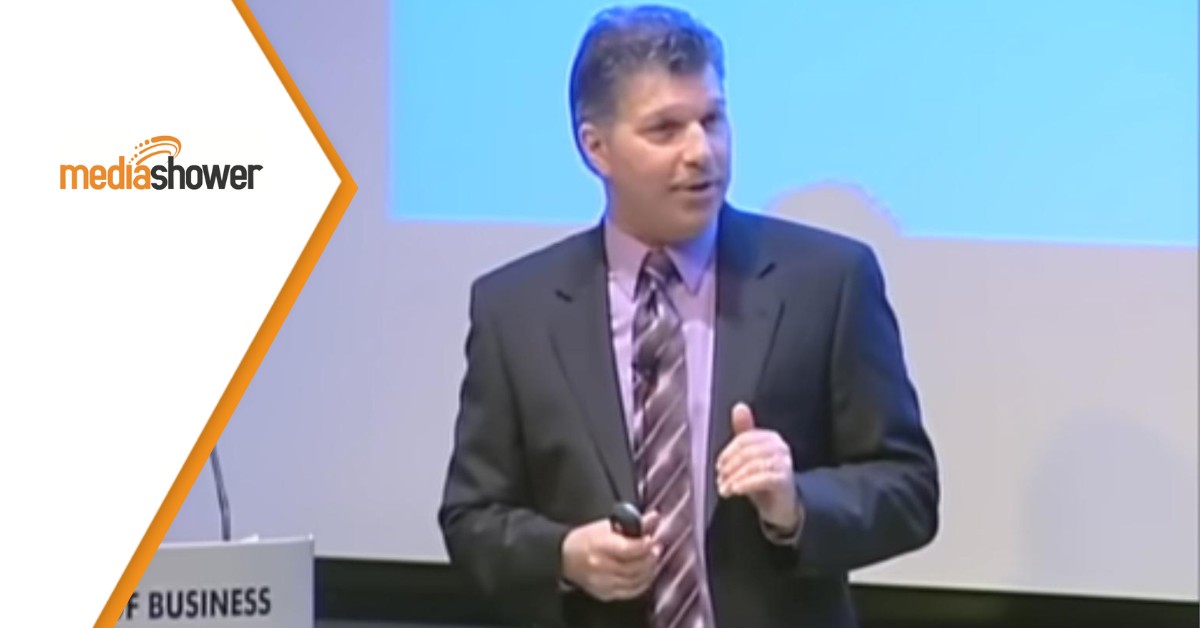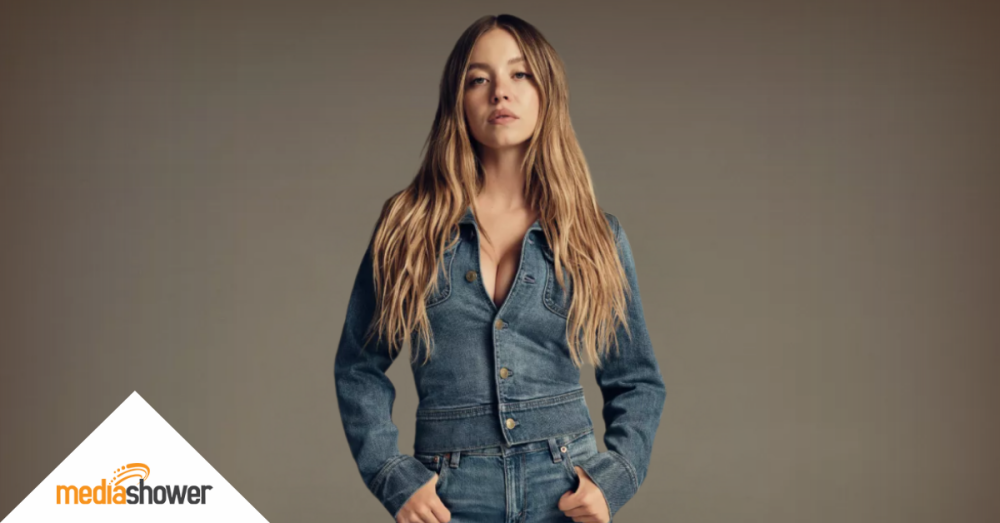
It’s a strange moment when a talking gecko or a khaki-clad neighbor gets more applause than a blockbuster movie trailer.
Yet here we are.
Some products face a unique marketing challenge: They solve important problems that consumers desperately hope they’ll never have. Insurance sits at the top of this list—possibly the most essential purchase that nobody wants to think about.
The stakes are massive: Insurers spend more than $7 billion annually trying to get your attention for something you’d rather ignore. And they’ve discovered the secret weapon isn’t sleek slogans or celebrity endorsements.
It’s mascots—quirky, humanized (or human!) characters who’ve turned insurance into must-see comedy sketches, bingeable YouTube compilations, and cultural memes. This is an all-out mascot arms race, with billions of dollars of brand equity on the line.
But which approach works best? Let’s examine the strategies and crown a champion.
How to Make the Unwanted Feel Essential
The insurance pitch has always been a hard sell. The product is invisible, wrapped in legal jargon, and designed for disasters you hope never happen. Everybody needs it, but nobody wants to shop for it.
The solution? Give the product a personality.
Mascots solve three critical challenges when marketing unwanted necessities. For example:
- They humanize complexity. The GEICO Gecko’s friendly British accent transforms “comprehensive auto coverage” into a quick chat with a charming neighbor.
- They create emotional connection. Flo from Progressive makes insurance shopping feel like getting help from a caffeinated friend rather than navigating corporate bureaucracy.
- They make memorable what customers want to forget. Allstate’s Mayhem turns “comprehensive risk assessment” into unforgettable scenarios you can’t unsee.
Research backs this up: Nearly half (48%) of American adults say mascots make insurance ads more relatable—higher than celebrity spokespeople. The more we see a character, the more we like and trust them.
The Economics Behind the Entertainment
Insurance is one of America’s biggest ad buyers, with each of the top four carriers spending over $1 billion annually. Super Bowl spots now top $7 million for 30 seconds.
But for most people, insurance is a commodity. It doesn’t matter where the policy comes from—what matters is which brand comes to mind when it’s time to buy. That’s why companies pour so much money into making their names impossible to forget.
The Contenders
The strategy works. Insurers have unleashed an unforgettable cast of characters—each with its own style of turning something as ordinary as insurance into appointment viewing.
Here’s a rundown of the biggest names in the business.
GEICO the Gecko
The Gecko debuted in 1999, almost by accident, during potential Screen Actors Guild strikes. His charm and “15 minutes could save you 15%” tagline stuck.
Rather than rely on one mascot, however, GEICO created an entire character universe: Cavemen, rhetorical question spots, and rotating campaigns that keep ads fresh while reinforcing their quirky brand voice.
The multi-character approach helped them become America’s second-largest auto insurer, but the award for staying power goes to the Gecko.

Social impact
The Gecko has a massive following on TikTok. Videos routinely pull in hundreds of thousands of likes and inspire both official and user-generated trending content, including memes, behind-the-scenes jokes, and impressions.
Business impact
After the Gecko’s debut, GEICO saw a direct, measurable increase in new business. The campaign was so effective, GEICO executives attributed a sustained bump in sales to the Gecko’s popularity and extended the mascot’s run indefinitely.
The Gecko has become one of the most recognized advertising icons, fueling GEICO’s growth to the second-largest auto insurer in the U.S., with brand awareness regularly spiking after major campaigns.
Progressive: Flo
Stephanie Courtney’s Flo changed the game in 2008, making insurance feel approachable and fun. Progressive expanded her world with Jamie, Dr. Rick (the “parent coach”), and a supporting cast that creates an ongoing sitcom universe evolving with consumer tastes.
Social impact
Flo has a strong UGC presence on platforms like Instagram and TikTok. Fans regularly recreate her look, post parodies, and share references under trending hashtags. There are also countless memes, Halloween costumes, and video tributes across social channels.

Business impact
According to Insurance Business:
- Progressive’s brand awareness grew by 38% within three years of Flo’s launch.
- Flo’s campaign helped catapult Progressive to the third largest auto insurance provider in the U.S. by market share.
- The Hall of Claims digital campaign led to a 127% increase in quote requests and a 3.4 million visitor surge to its website.
Allstate: Mayhem
Dean Winters as Mayhem brought a different formula: Instead of friendly helper, he personifies chaos itself. He’s ladders falling off cars, raccoons in attics, texting drivers—dramatizing why you need coverage. Mayhem sells urgency with humor.
Social impact
Fans create parody accounts and remix Mayhem moments on Facebook. They remix his antics in YouTube compilations and TikTok “fails” edits, with viral comment sections swapping real-life “mayhem” stories.

Business impact
In the first two fiscal quarters after the launch of the Mayhem campaign, Allstate saw a nearly 5% increase in sales and took in $7.9 billion.
Aflac: The Aflac Duck
The Aflac Duck was introduced in 2000. It turned near-invisible brand awareness into household status almost overnight with its “Aflac!” squawk, voiced by the late comedian Gilbert Gottfried.
Its blend of humor and repetition kept viewers engaged and made insurance impossible to forget. Even after switching its voice in 2011, the Duck’s popularity and cultural relevance never faded, making it one of the most effective—and enduring—mascots in the industry.
Social impact
The Aflac duck engages followers on Instagram, Twitter, and Facebook with branded and user-driven content (plushies, memes, campaign hashtags), and the character is often tagged in personal stories, jokes, and viral challenge posts.

Business impact
The duck’s squawk propelled name recognition from 10% to 90% in just three years and helped double U.S. sales.
State Farm: Jake
The original Jake became famous in 2011 for deadpanning “Uh… khakis.” The brand evolved him from real employee to professional actor (Kevin Miles), giving Jake staying power and room for celebrity crossovers.
Social impact
In 2023 alone, Jake drove over 164 million impressions and 3.1 million social media engagements, gaining more than 618,000 new followers and surpassing 1 million on TikTok—an industry first for insurance.

Business impact
Jake led State Farm to become one of the most talked-about and shared insurance brands online.
Liberty Mutual: LiMu Emu and Doug
LiMu Emu and Doug lean into absurdist comedy—an ostrich in sunglasses paired with a human sidekick straight out of the 70s. They’re pure Saturday Night Live energy that makes them instantly recognizable.
They appear regularly as targets of discussion, praise, and parody on Reddit, TikTok, and YouTube. Viewers share reactions, joke videos, and their own takes on the characters’ antics (including some self-aware criticism and memes).

Business impact
The Emu and Doug have become top performers among insurance mascots. They’ve led the industry in categories like Ad Breakthrough (+9%), Messaging (+16%), and Branding (+18%) compared to competitors.
Farmers: Professor Burke
J.K. Simmons’ Professor Burke
anchors the “We know a thing or two because we’ve seen a thing or two” campaigns as the wise authority figure. He’s appeared in over 65 ads and proves that credibility can be as memorable as comedy.Social impact
J.K. Simmons’ character is cited in comments and YouTube content as the “most trustworthy insurance guy,” with memes celebrating his “We are Farmers” delivery. Fans create video mashups and parodies and make Professor Burke part of insurance meme culture.

Business impact
- The campaign delivered a brand recall rate of 71% (vs. a 65% industry average).
- The Farmers Hall of Claims digital campaign resulted in a 115% increase in site visits and a 127% spike in insurance quote requests.
- Farmers outperformed its targets for new business leads by 17%. It earned recognition with Gold and Silver Effie Awards for marketing effectiveness.
The Verdict: Which Mascot Wins?
After analyzing recognition rates, business impact, cultural staying power, and adaptability across platforms, one character emerges as the champion of selling the unsellable.
Scoring criteria
Because of its superior research abilities using credible sources, we used Perplexity to research and help us rate each mascot. We used a scale of 1-10 for each of the items below and weighted all items equally.
- Brand recall. Is the mascot instantly tied to its company, even without cues? High scores for memorable, unmistakable association.
- Approachability. Does the mascot lower psychological barriers, make insurance feel less intimidating, and create positive feelings?
- Message clarity. How well does the mascot communicate what the insurer stands for or offers? Clear, easy-to-understand messages score higher.
- Engagement. Does the mascot make people pay attention, smile, or even enjoy the ad experience? Higher scores for ads that people seek out or share.
- Cultural relevance. Has the mascot earned a place in pop culture through references, memes, or appearances outside core advertising channels?
- Value reframing. Does the mascot successfully shift perception from a “grudge purchase” to something positive, useful, or even fun?
- Measurable business impact. What’s the evidence that the mascot/campaign drove quote requests, policy growth, or retention? Data-backed impact gets a higher score.
- Longevity and consistency: How long has the mascot lasted, and is the execution on-brand year after year?
Sources:
And the Winner Is: The GEICO Gecko
Here’s why the Gecko takes the crown:
- Longevity and consistency. Twenty-five years of steady presence without major reinvention or controversy.
- Recognition dominance. 96% consumer recognition—higher than any competitor.
- Business results. Helped GEICO grow from a small military insurer to America’s second-largest auto insurer.
- Platform adaptability. Successfully evolved from TV to YouTube to TikTok while maintaining character integrity.
- Cultural impact. The “15 minutes” tagline transcended advertising to become common shorthand for quick savings.
Close runners-up
Second place: Progressive’s Flo for universe-building and sustained engagement.
Third place: Allstate’s Mayhem for memorable risk communication.
Insurance may be boring, but consumer engagement with these beloved characters proves that the industry has built a blueprint for turning obligation into entertainment—and reluctant shoppers into loyal customers.

Marketer Takeaways
- Give abstraction a face. Complex or invisible benefits need approachable personalities to make them tangible.
- Choose consistency over cleverness. Gecko and Flo prove long-term character investment pays off more than campaign-hopping.
- Make the negative memorable. Mayhem shows how to discuss problems (accidents, disasters) in ways people actually remember.
- Build worlds, not just ads. Progressive’s Flo-verse and GEICO’s character ecosystem create ongoing engagement beyond single spots.
- Measure what matters. Track recognition, recall, and conversion—not just entertainment value or creative awards.
- Stay platform-native. Adapt character voice for TikTok, YouTube, or whatever comes next without losing core personality.
Insurance mascots turned fine print into fun, proving even the most mundane products can become cultural icons with the right strategy.
Media Shower’s AI marketing platform helps brands build characters that connect and campaigns that convert. Click here for a free trial.


